Climate change will force tens of millions of people in sub-Saharan Africa to migrate by 2050. In Zimbabwe, it’s already started.


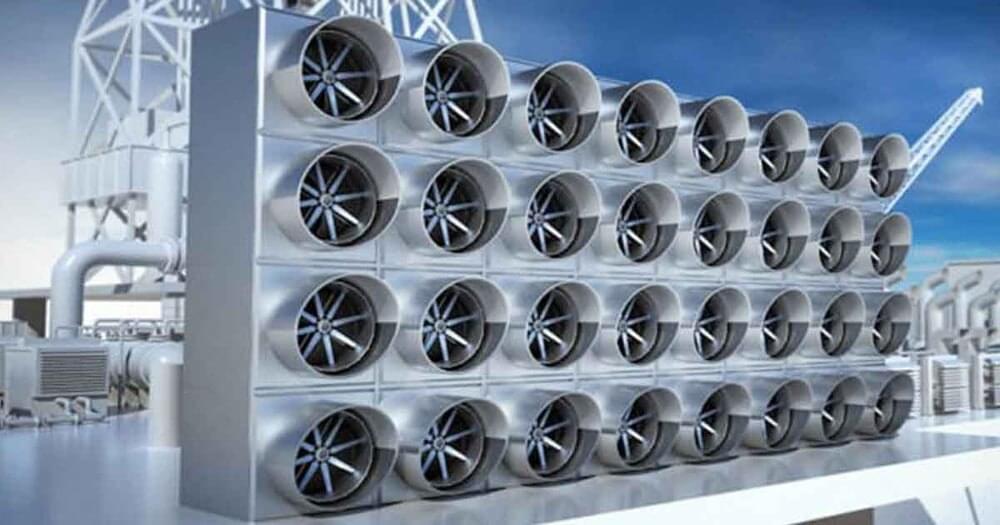
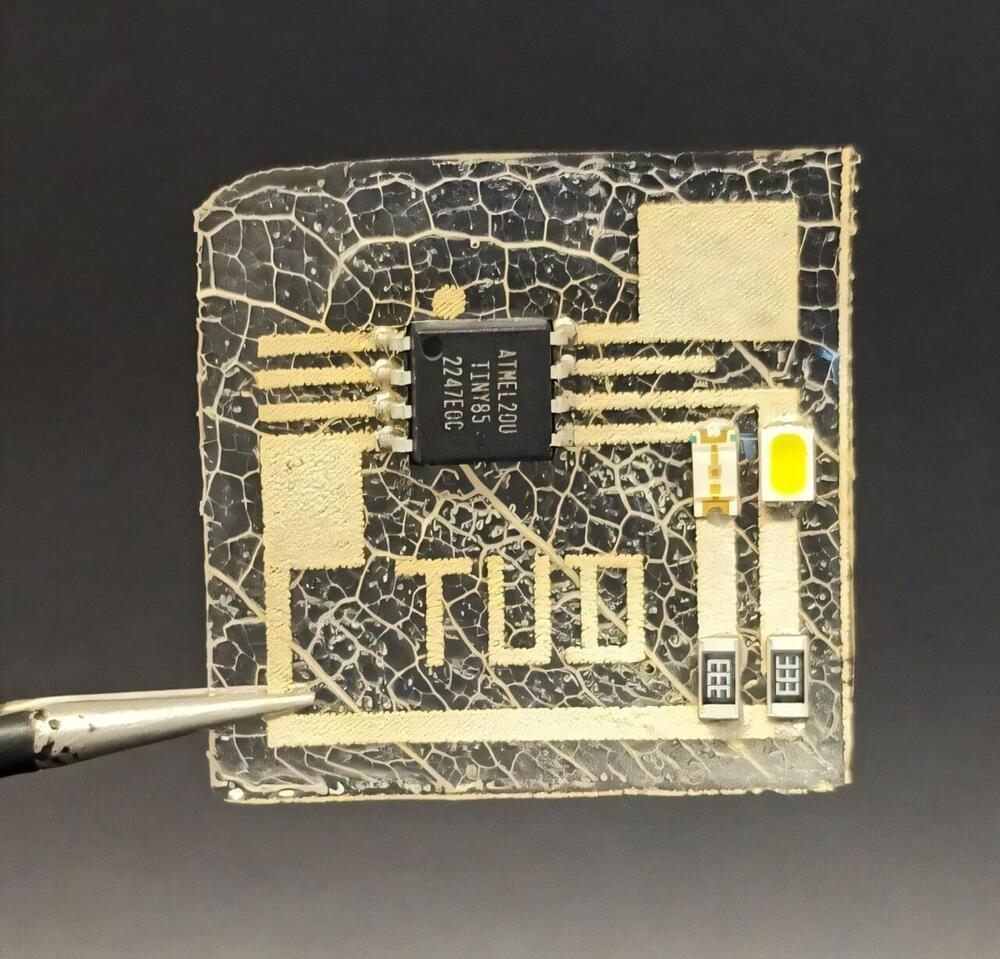
A research team headed by Prof. Karl Leo at TUD Dresden University of Technology have developed an innovative, nature-inspired solution that could revolutionize the electronics industry: “Leaftronics.” This innovative approach leverages the natural structure of leaves to create biodegradable electronic substrates with enhanced properties and offers a sustainable, efficient, and scalable solution to the global-waste problem. These findings have now been published in the journal Science Advances.
Electronic devices, from toys to smartphones, consist of circuits. Specific substrates are used to manufacture these circuits. In commercial electronics, these are printed circuit boards (PCBs) made of glass fiber-reinforced epoxy resin.
Most of these materials are not recyclable, let alone biodegradable. Given the sheer volume of electronic waste of more than 60 million tons per year (of which over 75% is not collected worldwide), there is an urgent need for sustainable alternatives.
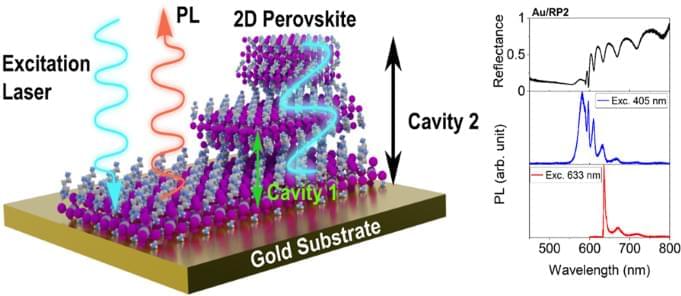
Basically I believe that this could be the answer for solar panels having super high output as exciton polariton energy is very powerful.
Self-hybridized exciton–polaritons are shown to enable sub-bandgap absorption and emission in 2D perovskites. The energy absorbed by the perovskites are also found to transfer to few-layer graphene in a heterostructure.
The classic strategy of continually shrinking transistors in silicon chips to create faster, more powerful computers is starting to fail us.
“Even though silicon works at these extremely small dimensions, the energy efficiency required to do one calculation has been going up, and this makes it highly unsustainable,” Deep Jariwala, an engineering professor at the University of Pennsylvania, told the Wall Street Journal in 2022. “Energy-wise it doesn’t make sense anymore.”
We need to solve this sustainability issue if we want to continue improving our tech without causing further damage to the environment, and the hunt for solutions has some researchers taking a closer look at chips made from semiconducting materials other than silicon, including gallium nitride, a compound made of gallium and nitrogen.

The Japanese government is planning to generate some 20 gigawatts of electricity, equivalent to the output of 20 nuclear reactors, through thin and bendable perovskite solar cells in fiscal 2040.
The industry ministry plans to designate next-generation solar cells as the key to expanding renewables…
TOKYO (Kyodo) — The Japanese government is planning to generate some 20 gigawatts of electricity, equivalent to the output of 20 nuclear reactors, through thin and bendable perovskite solar cells in fiscal 2040.

The demand for electronics has led to a significant increase in e-waste. In 2022, approximately 62 million tons of e-waste were generated, marking an 82% increase from 2010. Projections indicate that this figure could rise to 82 million tons by 2030.
E-waste contains valuable materials such as metals, semiconductors, and rare elements that can be reused. However, in 2022, only 22.3% of e-waste was properly collected and recycled, while the remaining materials, estimated to be worth almost $62 billion, were discarded in landfills.
Although efforts to improve e-waste recycling continue, the process remains labor-intensive, and a significant portion of e-waste is exported to developing countries, where cheap labor supports informal recycling practices involving hazardous chemicals.
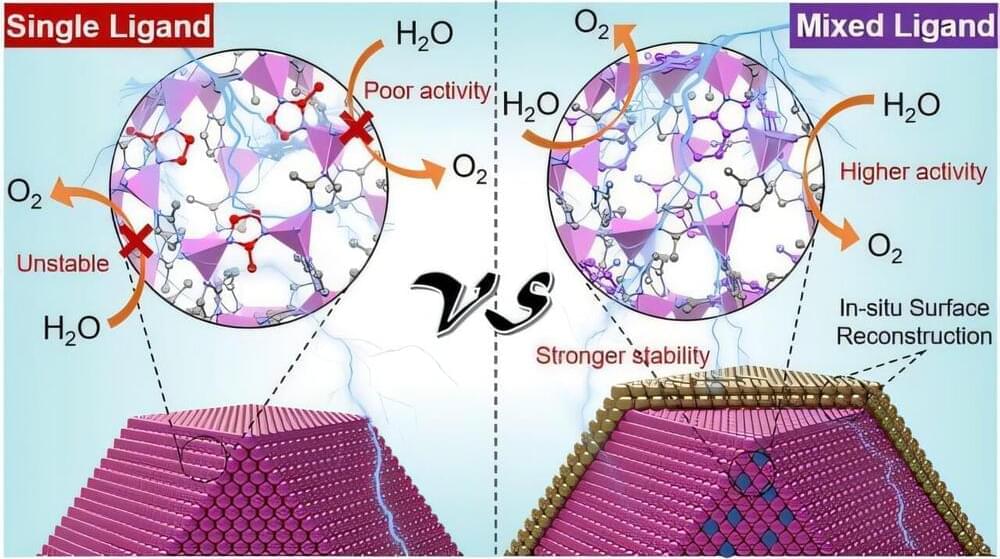
A research team at the Institute of Materials Chemistry at TU Wien, led by Professor Dominik Eder, has developed a new synthetic approach to create durable, conductive and catalytically active hybrid framework materials for (photo)electrocatalytic water splitting. The study is published in Nature Communications.
The development of technologies for sustainable energy carriers, such as hydrogen, is essential. A promising way to produce hydrogen (H2) is from splitting water into H2 and oxygen (O2), either electrochemically or using light, or both—a path that the team follows. However, this process requires a catalyst that accelerates the reaction without being consumed. Key criteria for a catalyst include a large surface area for the adsorption and splitting of water molecules, and durability for long-term use.
Zeolitic imidazolate frameworks (ZIFs), a class of hybrid organic/inorganic materials with molecular interfaces and numerous pores, offer record surface areas and ample adsorption sites for water as catalysts. They consist of single metal ions, such as cobalt ions, which are connected by specific organic molecules, called ligands, through what is called coordination bonds. Conventional ZIFs only contain a single type of organic ligand.
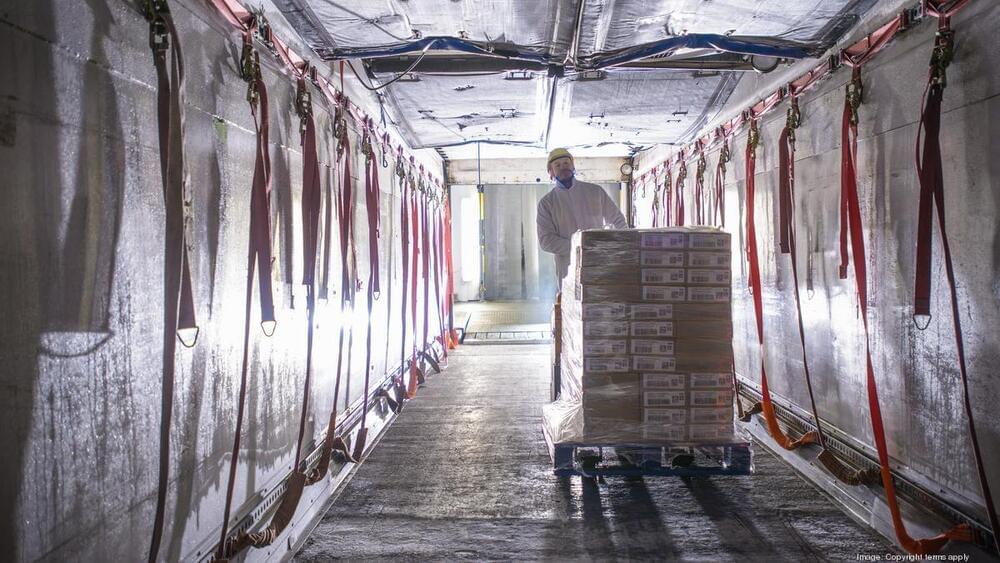
As a simple illustration, let’s say someone wanted to create a tomato sauce recipe, optimizing vitamin C and using sustainable tomatoes within a certain cost range. Journey Foods then taps into its database to generate an optimal recipe, and will continually push recommendations of top suppliers.
“Essentially, when people go to ChatGPT or something, and they’re asking them, ‘write this paper for me, or give me a social media post, speak to this audience,’ or whatever, right? It’s the same thing with our generative recipe recommendations,” Lynn said.
Except Lynn doesn’t use ChatGPT. Systems such as ChaptGPT gather data from the open internet, but Journey Foods gets its data from research institutions, academic journals, suppliers and manufacturers. Lynn said her business uses a lot of private, hard data that’s unstructured, with her company then giving it structure and doing so globally.
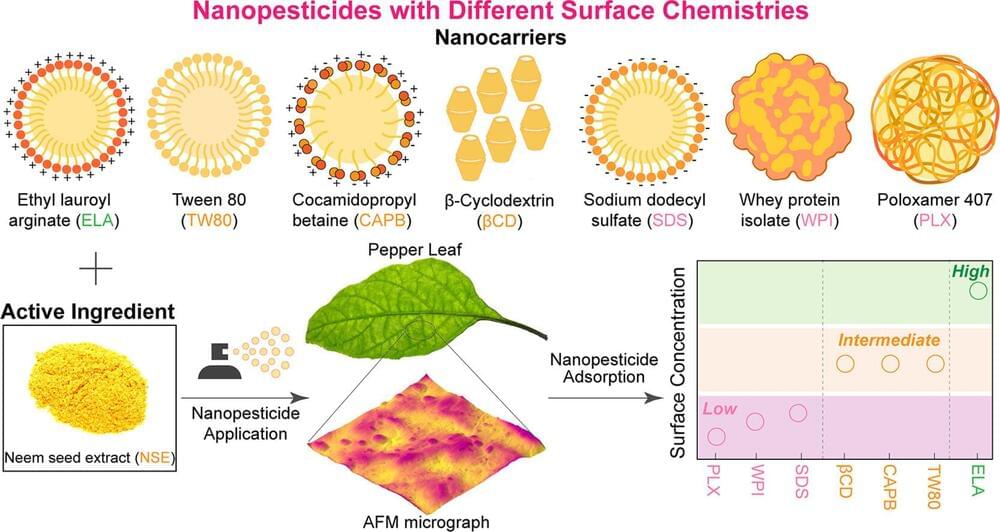
Pesticides can be made more effective and environmentally friendly by improving how they stick to plant surfaces, thanks to new research led by Dr. Mustafa Akbulut, professor of chemical engineering at Texas A&M University.
Akbulut and his research group have developed an innovative pesticide delivery system called nanopesticides. These tiny technologies, developed through a collaboration between Texas A&M University’s engineering and agricultural colleges, Dr. Luis Cisneros-Zevallo, professor of Horticultural Science and Dr. Younjin Min, professor of Chemical Environ Engineering at University of California, Riverside, could change how we use pesticides.
“The U.S. is a world leader in agricultural production, feeding not just our nation but much of the world. Yet we are using pesticides in a way that is simply not sustainable—with a substantial fraction not reaching its intended target,” said Akbulut. “Our research shows that by optimizing the surface chemistry of pesticide carriers, we can make these essential crop protection tools more efficient.”